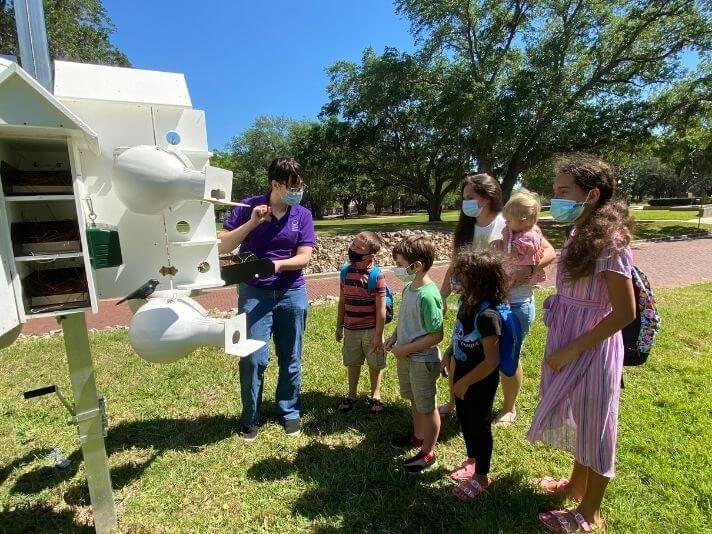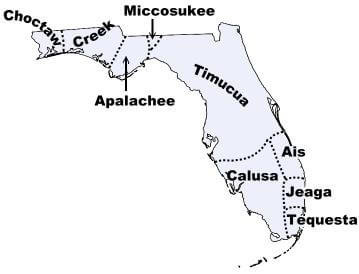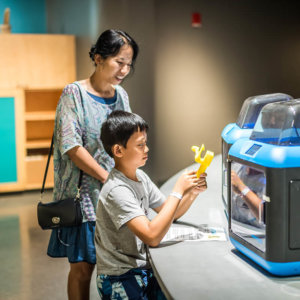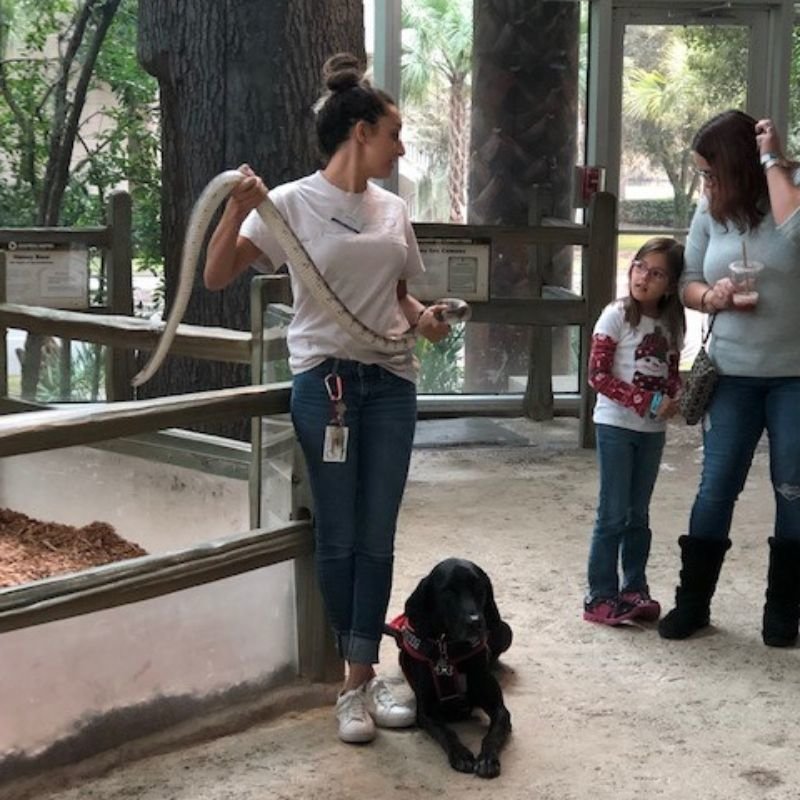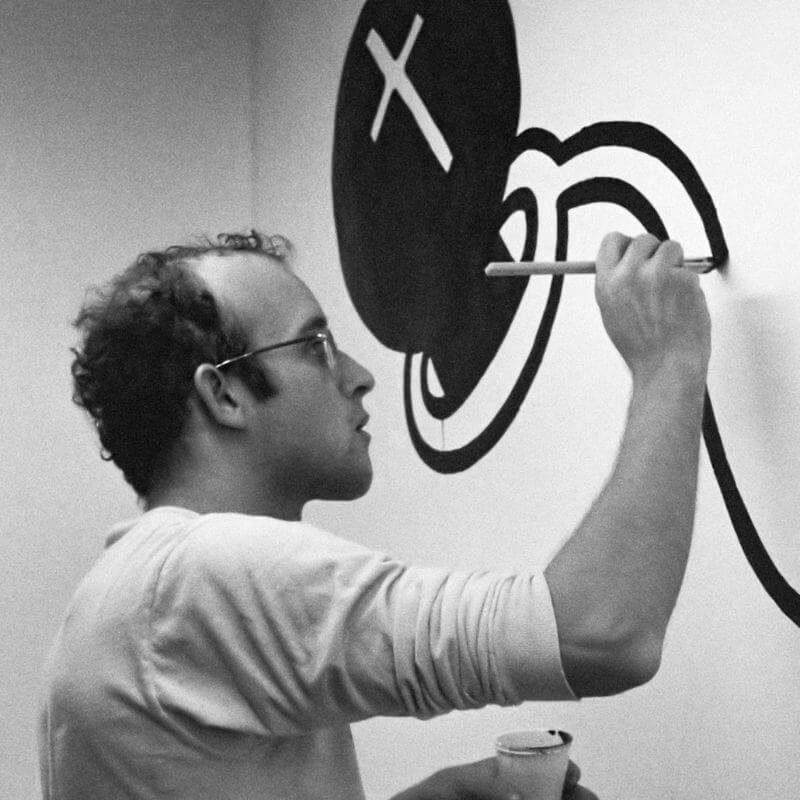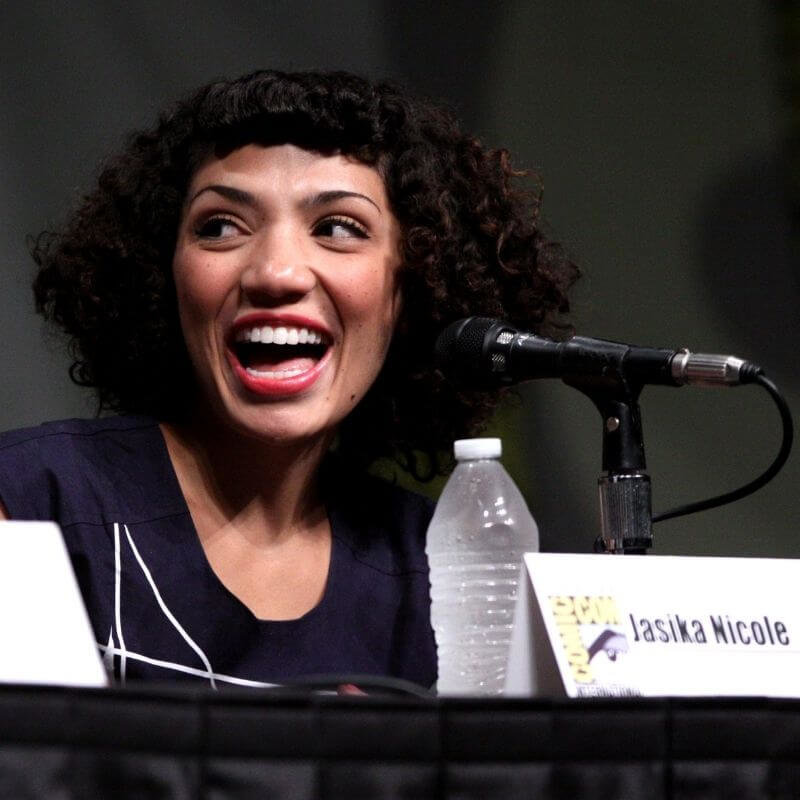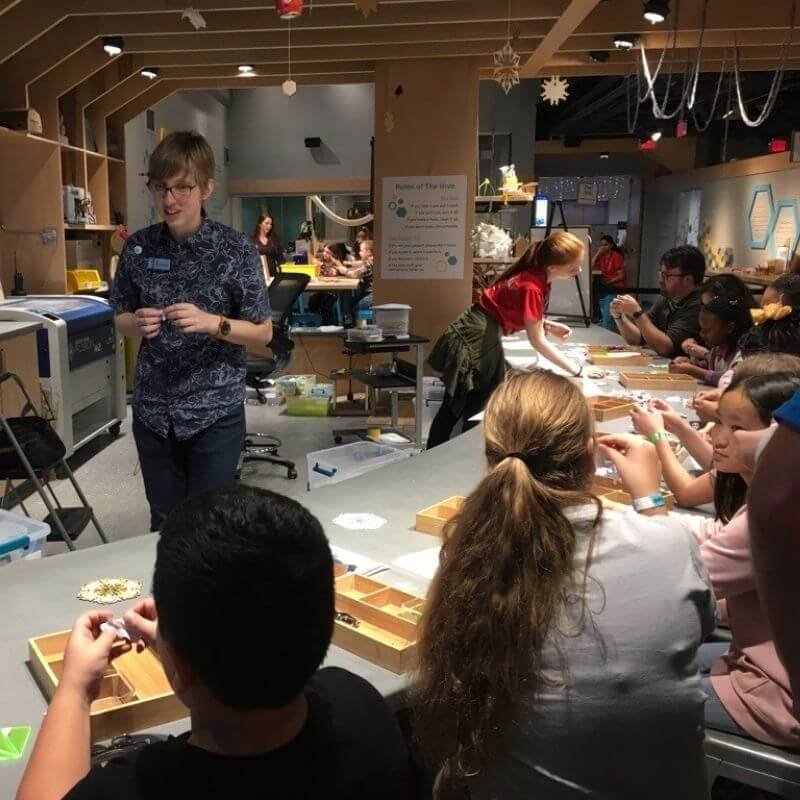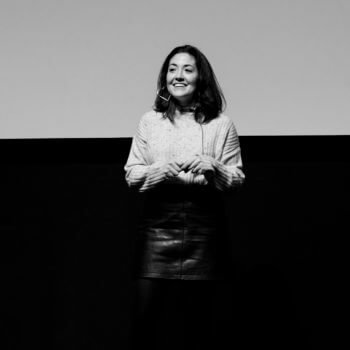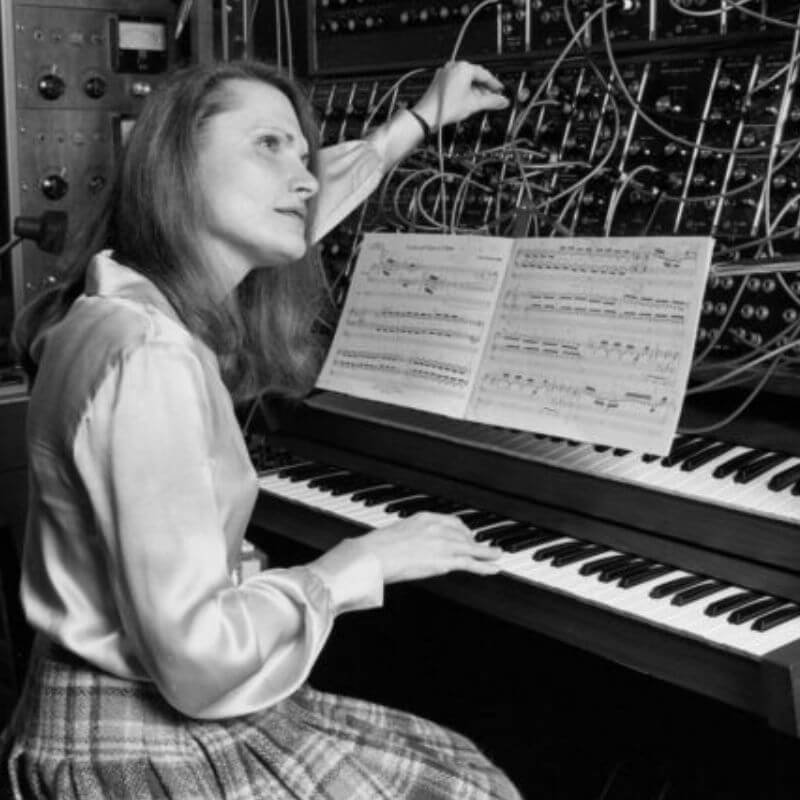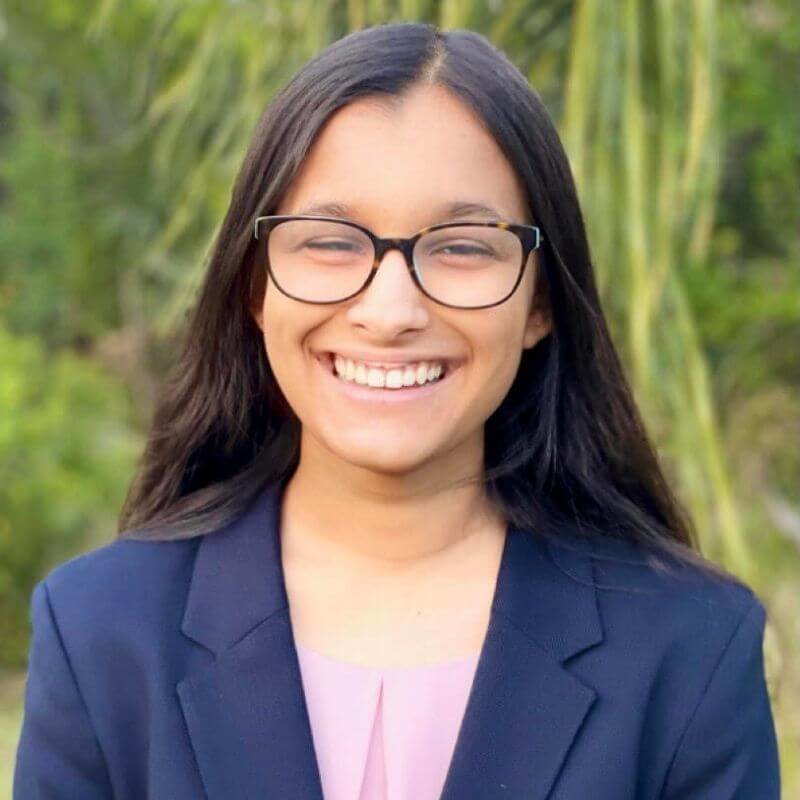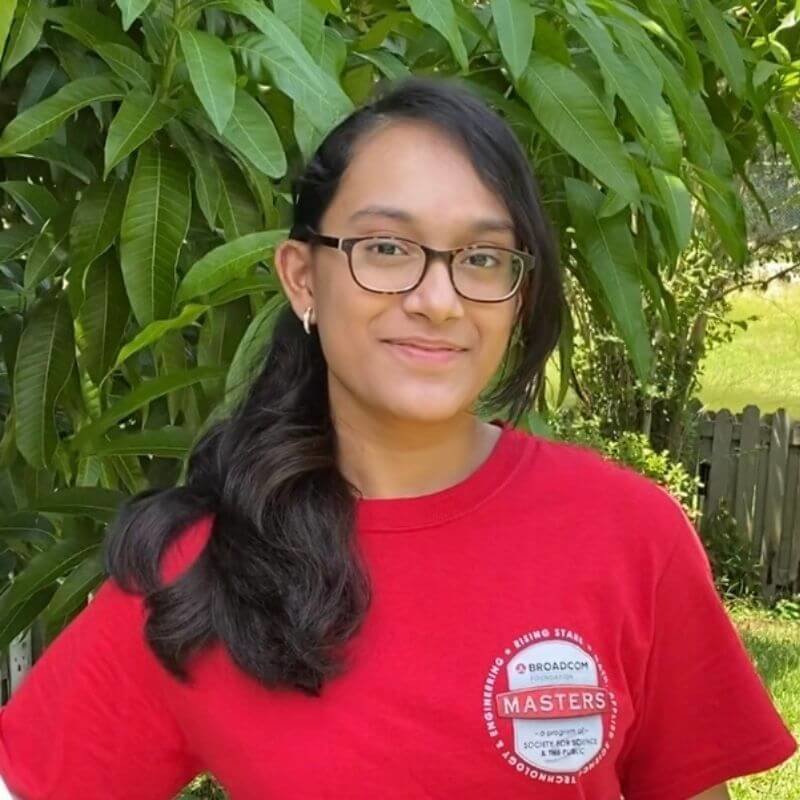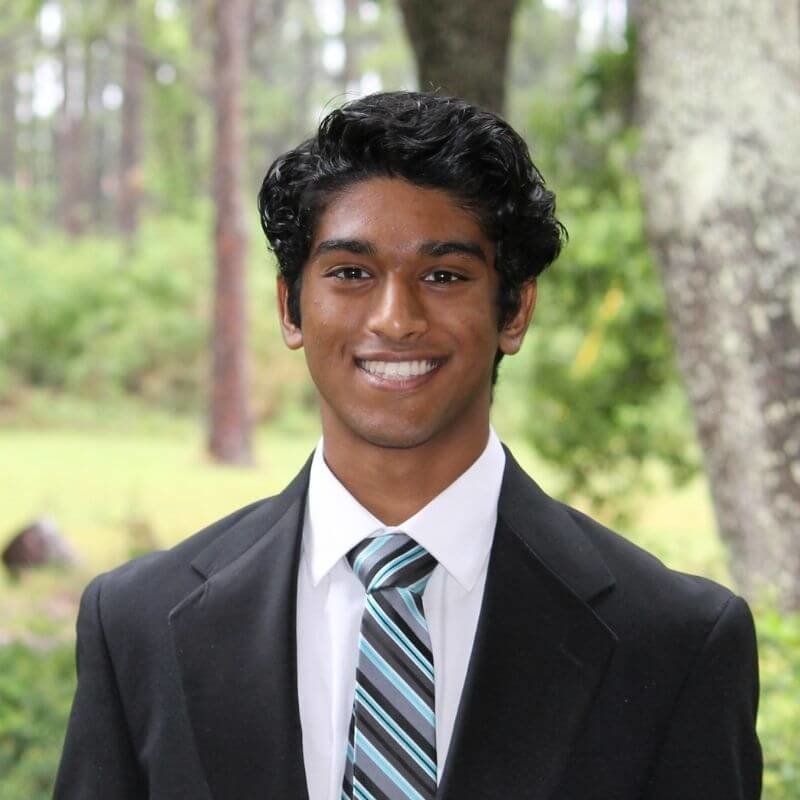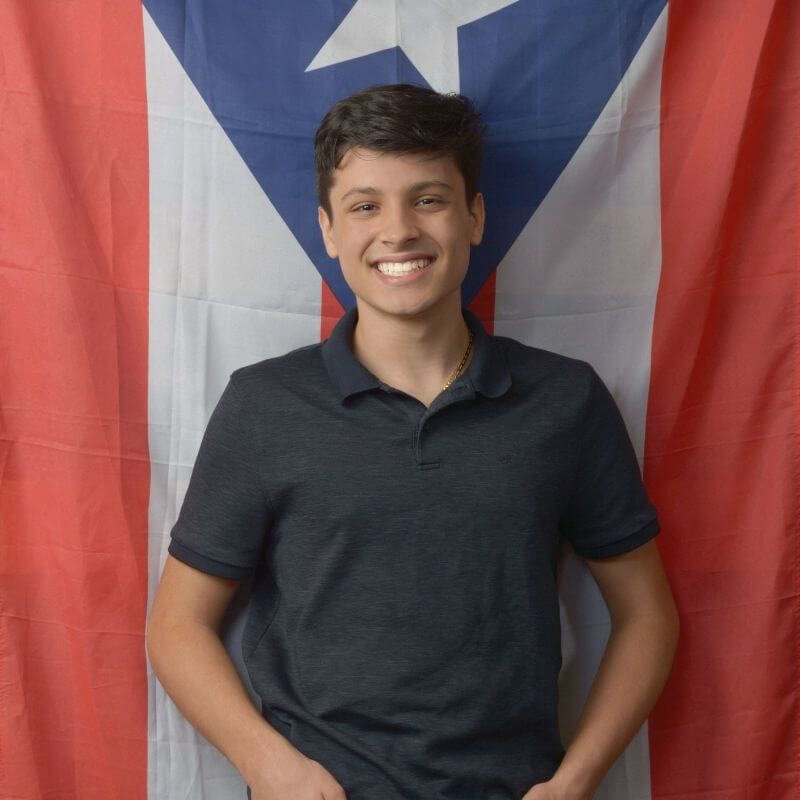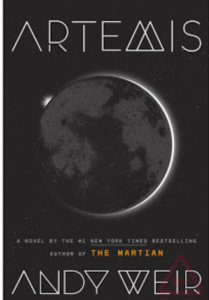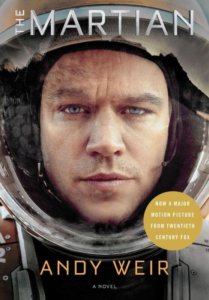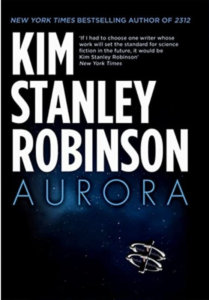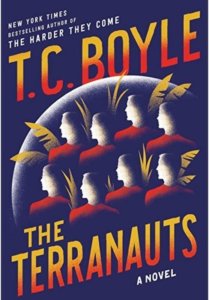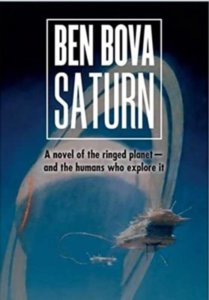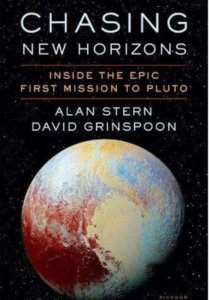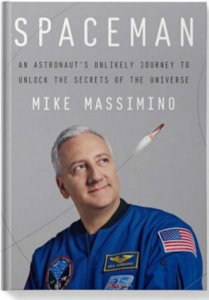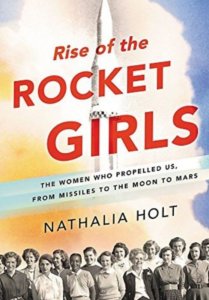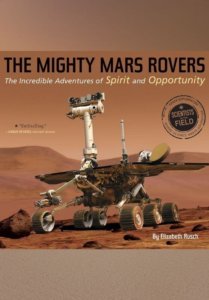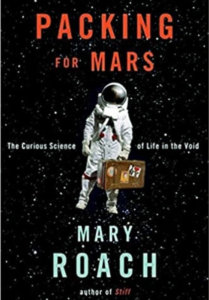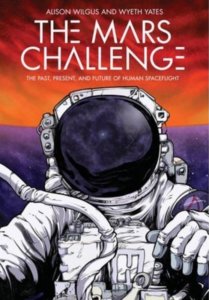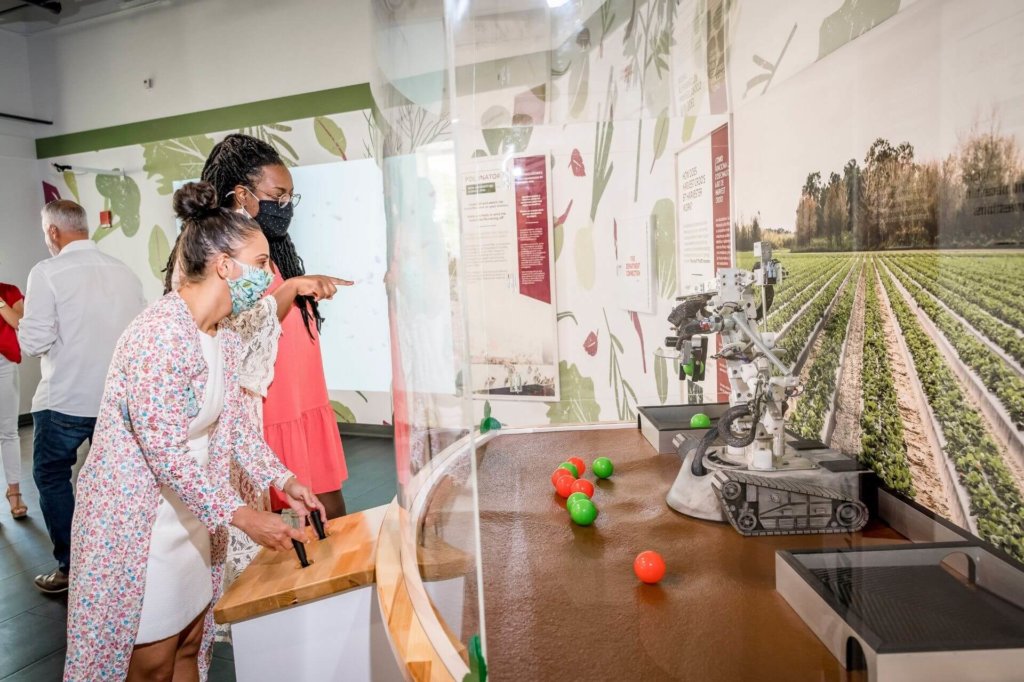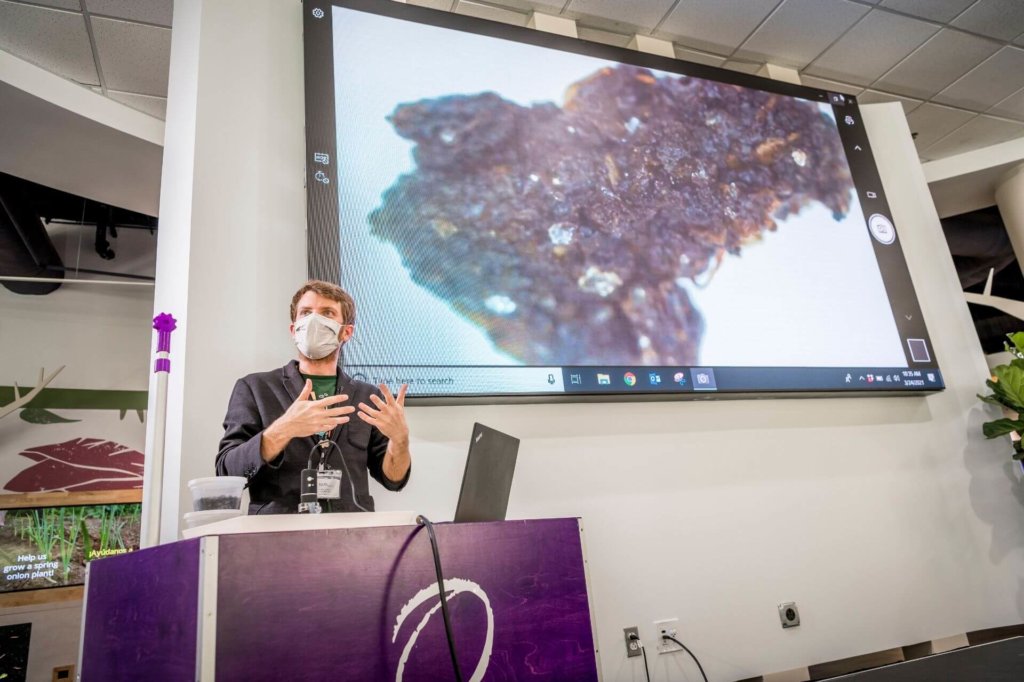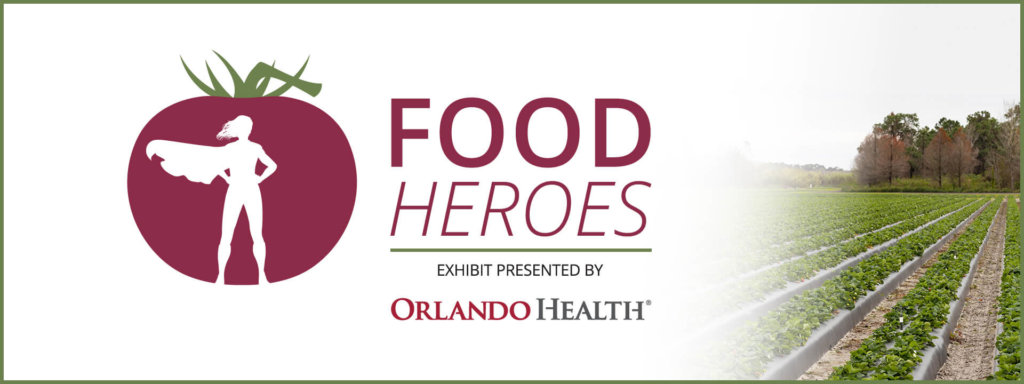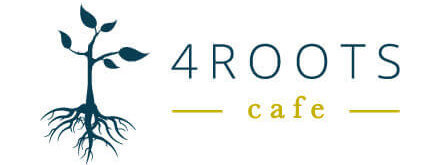You’ve probably heard of Einstein- now meet some of the lesser-known Black innovators in STEM fields.
Dr. Stephon Alexander is a theoretical physicist and professor at Brown University who specializes in string theory and particle physics.
He co-invented a model that helps to explain the early expansion of the universe, served as the scientific advisor on Ava DeVernay’s A Wrinkle in Time, and currently serves as the President of the National Society of Black Physicists.
As an accomplished saxophone player, Alexander also explores interconnections between music, physics, mathematics, and technology, topics he explores in his best-selling book, The Jazz of Physics.
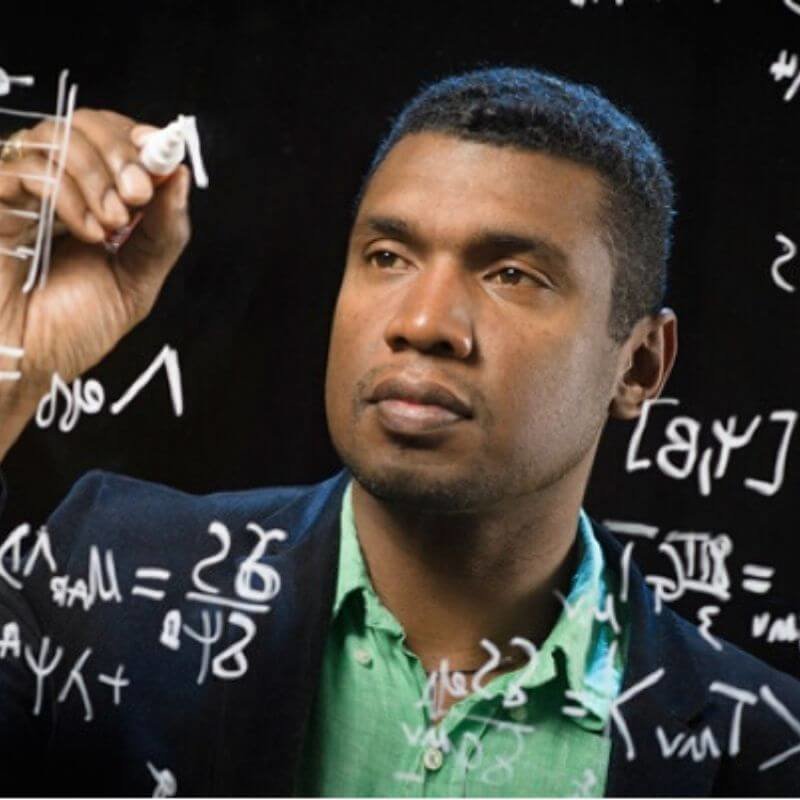
George Washington Carver, arguably the most famous Black scientist and inventor, was born into slavery.
He was accepted into Highland College in Kansas, but ultimately denied admission due to his race. He went on to be the first Black student at Iowa State Agricultural College, where he became known as a brilliant botanist (a scientist who studies plants). He is best known for coming up with over 100 uses for the peanut.
In addition, as the head of the Tuskegee Institute’s agricultural department, he also helped develop crops and agricultural methods that stabilized the livelihoods of many former slaves. He also contributed greatly to the education of Black Americans in universities and through mobile classrooms that brought lessons to farmers.
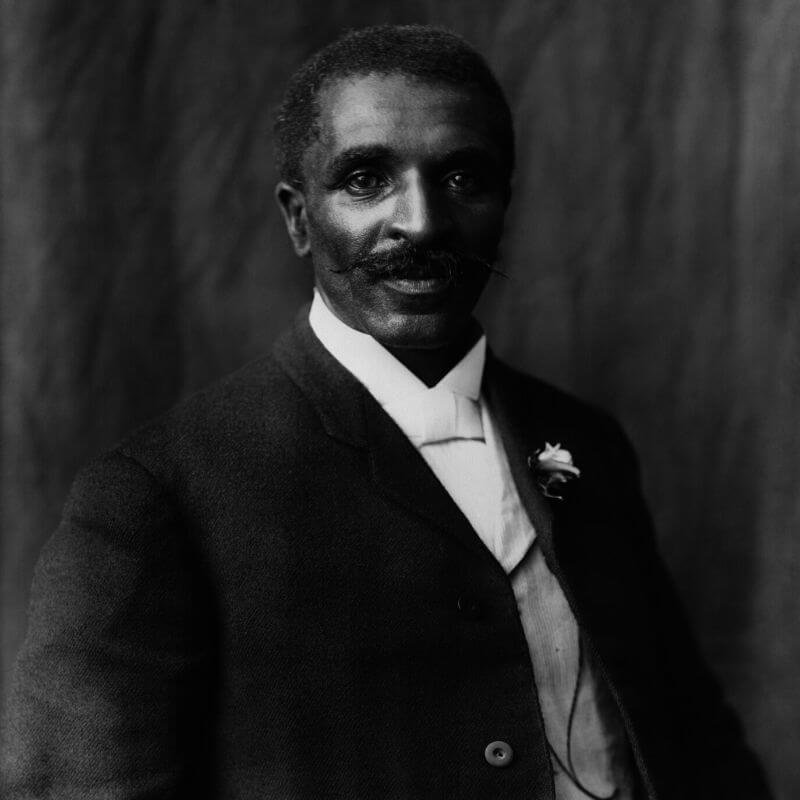
Dr. Marie M. Daly was a biochemist and the first Black woman to obtain a Ph.D. in chemistry in the United States.
She made several critical contributions to medicine, including the discovery of the relationship between high cholesterol and heart disease and conducting pioneering research into the effects of cigarette smoke on the lungs. Her work created a new understanding of how food, diet, and lifestyle can affect heart health.
In addition to her research, Daly taught biochemistry courses, advocated for getting Black students enrolled in medical schools and graduate science programs, and started a scholarship for minority students to study science at Queens College in New York.
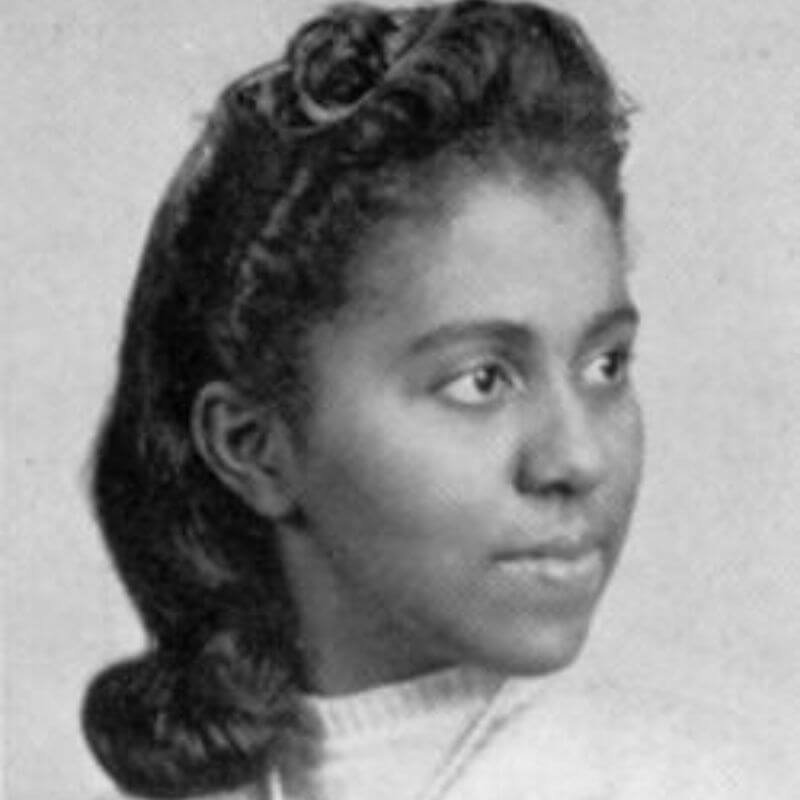
Dr. Sylvester James Gates, Jr is a theoretical physicist known for his work on supersymmetry, supergravity, and superstring theory.
In 1984, he co-authored Superspace, the first comprehensive book on the topic of supersymmetry. Born the oldest of four children in Tampa, FL, Gates spent his teen years in Orlando, attending Jones High School—his first experience in a segregated African-American school. Comparing his own school's quality to neighboring white schools, "I understood pretty quickly that the cards were really stacked against us." Nevertheless, a course in physics established Gates' career interest in that field, especially its mathematical side. At his father's urging, he applied for admission to MIT and was accepted.
His doctoral thesis was the first at MIT on supersymmetry. Gates served on the U.S. President’s Council of Advisors on Science and Technology and is a past president of the National Society of Black Physicists. In 2013, he was elected to the National Academy of Sciences, becoming the first African-American theoretical physicist so recognized in its 150-year history. President Obama awarded him the National Medal of Science, the highest award given to scientists in the U.S., in 2013. He is an honorary member of Orlando Science Center’s Board of Trustees.
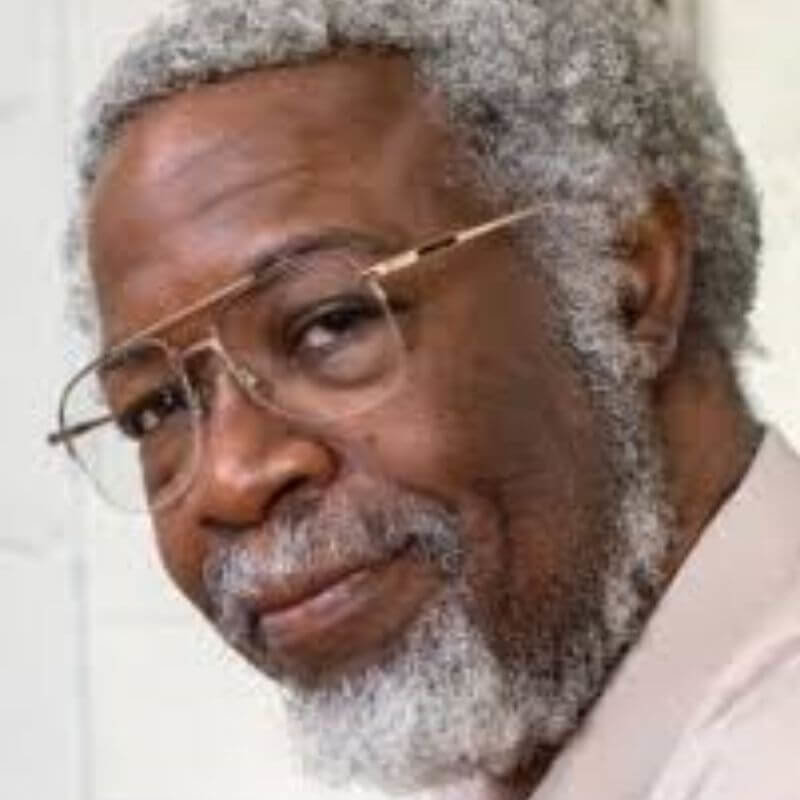
Dr. Aprielle Ericcson-Jackson is an award-winning aerospace engineer at NASA’s Goddard Space Flight Center and one of the most famous women working at NASA today.
Throughout her career at NASA Goddard, she has made many notable contributions, including as the projector manager for the Lunar Orbiter Laser Altimeter aboard the Lunar Reconnaissance Orbiter that has been orbiting the Moon since 2009.
She has been recognized as one of the Top 50 Minority Women in Science and Engineering by the National Technical Association and has received the NASA Goddard Honor Award for Excellence in Outreach, the Washington Award for engineering achievements that advance the welfare of mankind, and a Science Trailblazers award from the Black Engineers of the Year Award Conference.
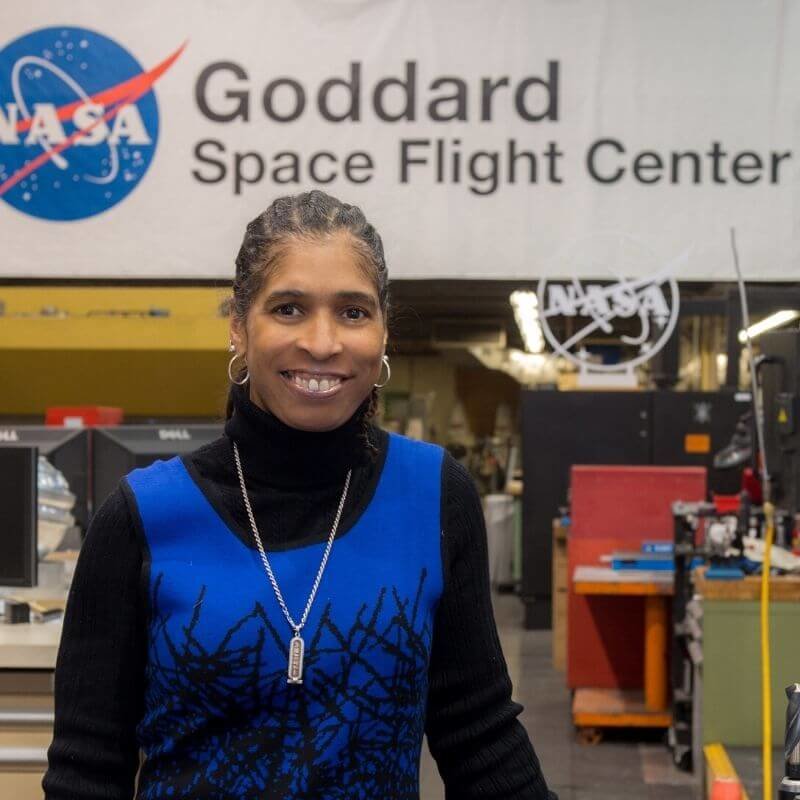
Zora Neale Hurston – who grew up in Eatonville, Florida – was a renowned author and anthropologist.
She became a member of the Harlem Renaissance in New York. At Columbia University, she worked with Franz Boas, the Father of American Anthropology. As an anthropologist, she embedded herself in the communities she studied, focusing on and writing about the religious traditions, songs, and folklore of Black communities in Florida, Louisiana, Haiti, and Jamaica.
Her anthropological work influenced her fiction, most notably the classic and influential novel Their Eyes Were Watching God. Her anthropological work was published in academic journals and books.
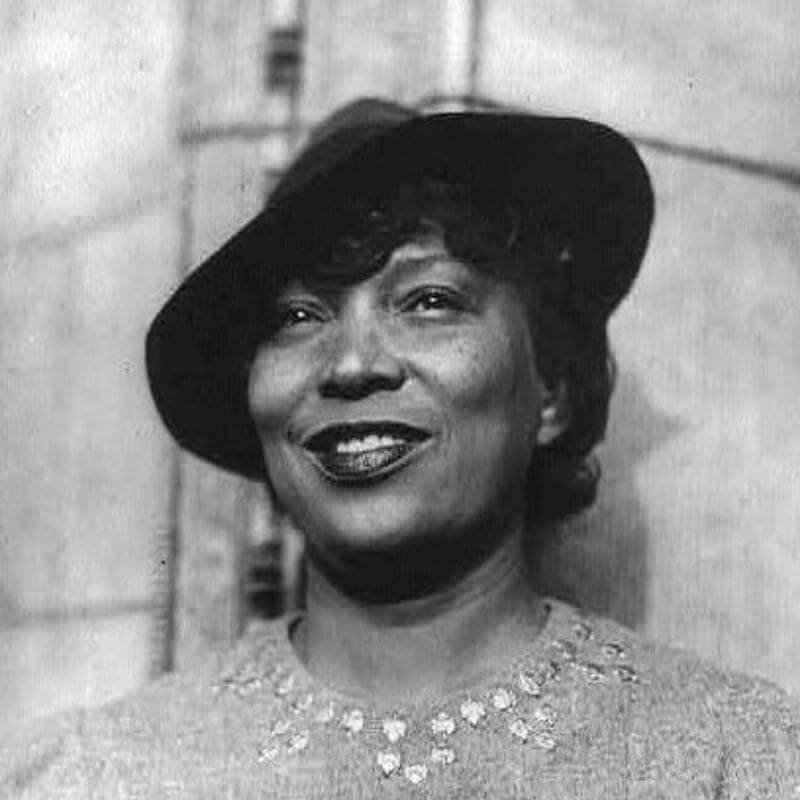
Katherine Johnson was one of the famous Hidden Figures who worked at NASA and made the 1969 moon landing possible.
After working as a teacher in public schools, she joined NASA (then NACA) as a research mathematician in the Langley laboratory’s all-Black West Area Computing section. There, she analyzed data from flight tests and went onto do trajectory analysis for the first human spaceflight. In 1962, she used geometry for space travel and figured out the paths for spacecraft to orbit around Earth and land on the Moon. This led to an astronaut successfully orbiting around the Earth for the first time.
She continued to work for NASA, with her calculations helping to send astronauts to the Moon and back. When asked to name her greatest contribution to space exploration, she chose her calculations that helped synch Project Apollo’s Lunar Module with the lunar-orbiting Command and Service Module.
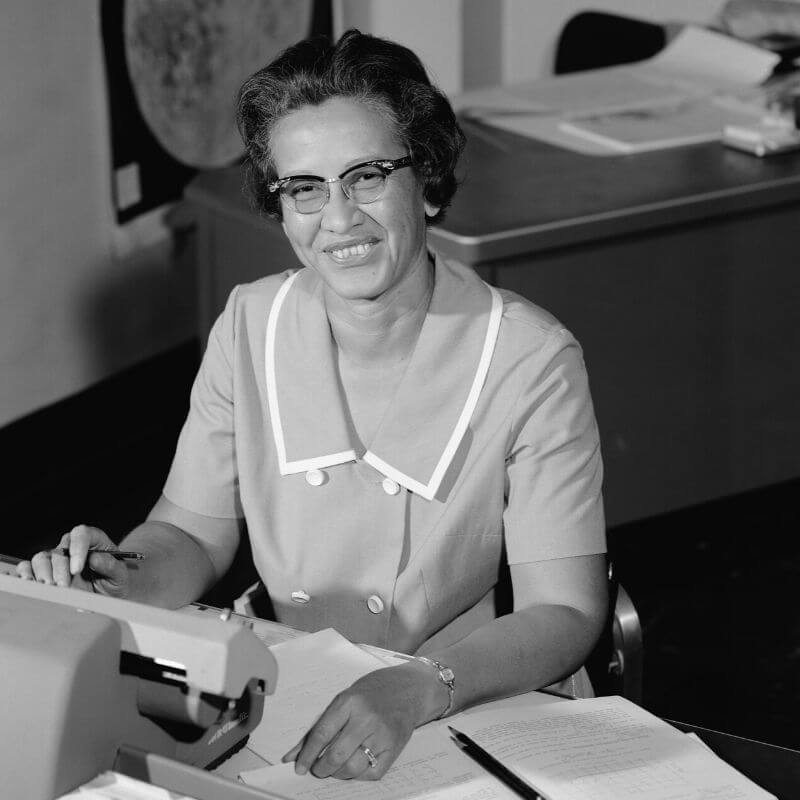
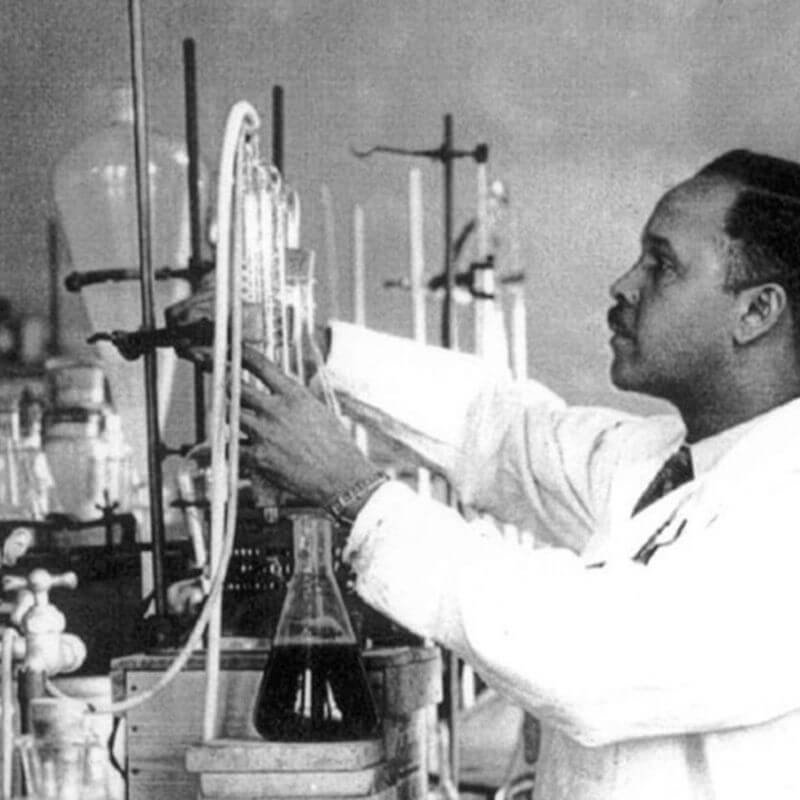
Dr. Bruce Ovbiagele is a neurologist and professor at the UCSF Weill Institute for Neurosciences.
His focus is on reducing the burden of stroke in the United States and Sub-Saharan Africa. He is particularly focused on improving outcomes for vulnerable populations – including ethnic minorities and military veterans – at risk for stroke, and oversees several National Institutes of Health-funded research programs to this effect. This includes the largest study of stroke in Sub-Saharan African to date.
As a professor, he has worked to train, mentor, and inspire people from groups who are under-represented in medicine. He has been appointed the Associate Dean of the San Francisco Veterans Affairs Healthcare System and acts as their Chief of Staff.
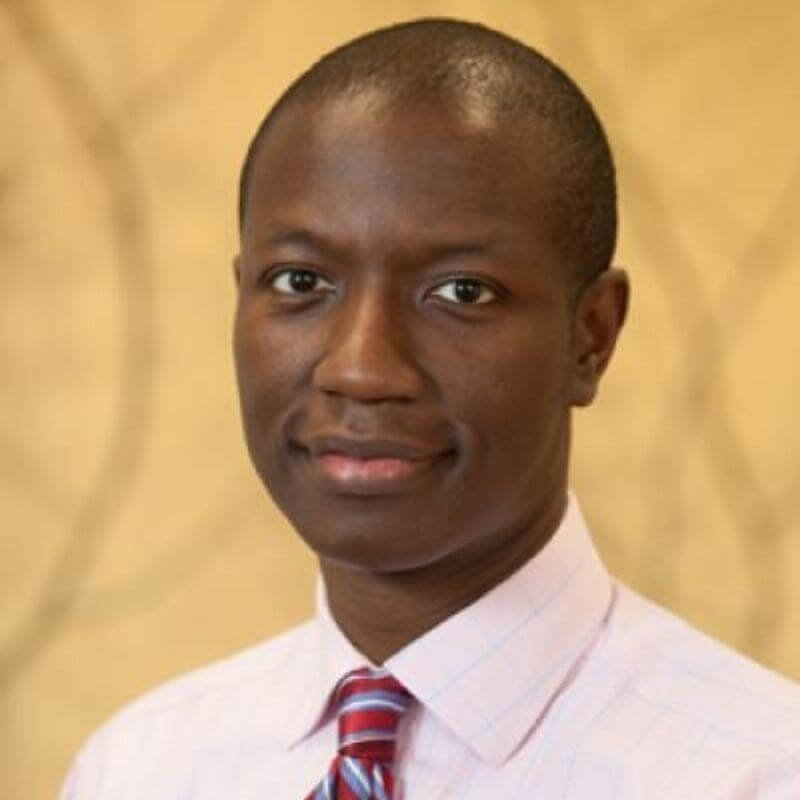
Dr. Beverly Daniel Tatum is a celebrated clinical psychologist, notable educator, and a nationally recognized authority on racial issues in America.
As a clinical psychologist, she devoted her career to studying how race impacts self-understanding, particularly in relation to education. She has also been a prominent voice in research showing that young children notice race and has argued that it is something that should be openly and honestly discussed with them instead of ignored. As part of this work, she has called for discussions of race in the classroom, has published the book Why Are All the Black Kids Sitting Together in the Cafeteria? and has given lectures across the country.
In 2014, she received the American Psychological Association’s Award for Outstanding Lifetime Contribution to Psychology.
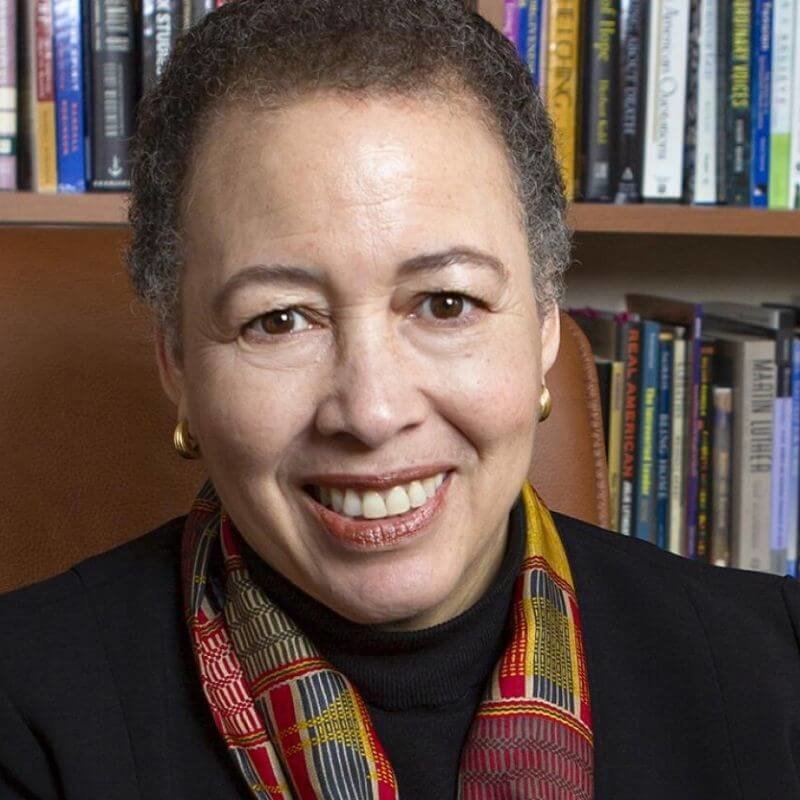
Dr. Warren Washington is a distinguished climate scientist and former chair of the National Science Board.
After completing his Ph.D. in meteorology, he became a research scientist at the National Center for Atmospheric Research (NCAR). While there, he developed one of the first atmospheric computer models of Earth’s climate. He went on to become the head of NCAR’s Climate Change Research Section.
Washington has been recognized as an expert in atmospheric science, climate research, and the computer modeling of these, receiving multiple presidential appointments to serve on committees, being elected chair of the National Science Board in 2002 and 2004, and receiving numerous awards, including the National Medal of Science in 2009.
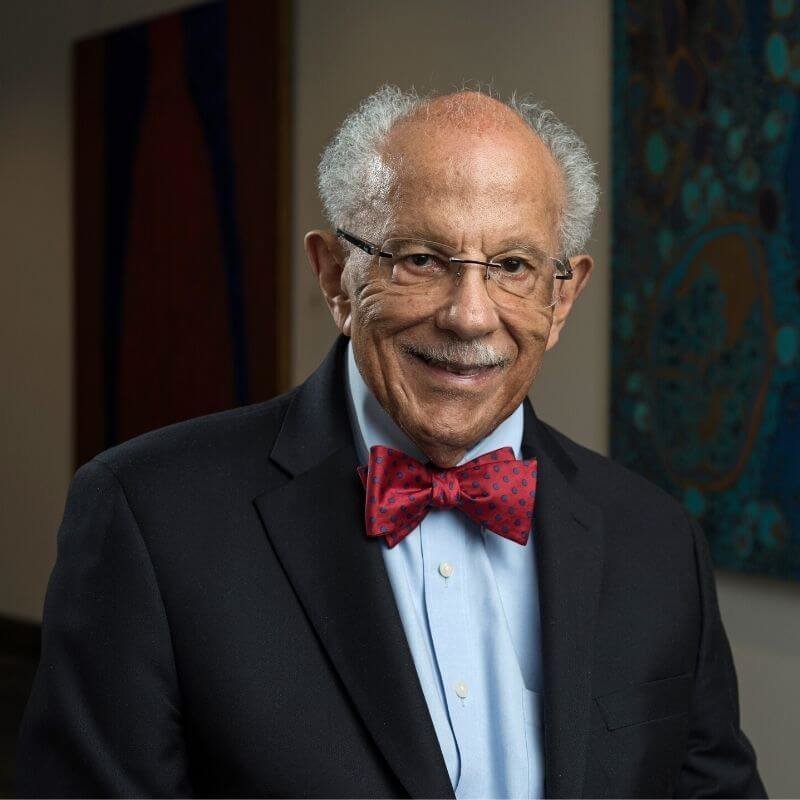
Learn more!
There are countless more Black innovators in STEM fields to meet:
- The TriCollege library guide seeks to center the voices and lived experiences of people of color in STEM.
- Get inspired by some of the women of color throughout history who have made significant contributions to science, technology, engineering, and math, and more.
